The short, dazzling career of Switzerland’s first pilot

On a spring day on May 10, 1910, Swiss aviation history was made by a young man who gracefully took off and landed in the first plane built in Switzerland. swissinfo.ch looks at the birth of aviation in Switzerland through the remarkable but brief life of Ernest Failloubaz.
Failloubaz, the self-taught poster boy of Swiss aviation, may have achieved great heights as a pilot but his life was punctuated by sharp lows. His father passed away when he was four years old, then his mother six years later.
The orphan grew up in the care of his grandmother and an aunt in Avenches, a small town in western Switzerland which was once the capital of Roman Helvetia. He used the small fortune left to him by his father, a prominent wine merchant, to indulge a powerful passion for speed and mechanics.
Failloubaz bought one of the first motorbikes in Switzerland and then a car. By the age of 18, in the autumn of 1910, he had shot to fame at the Aviation Days in Bern. He broke a flight duration record and remained airborne for nearly one hour (58:76) .
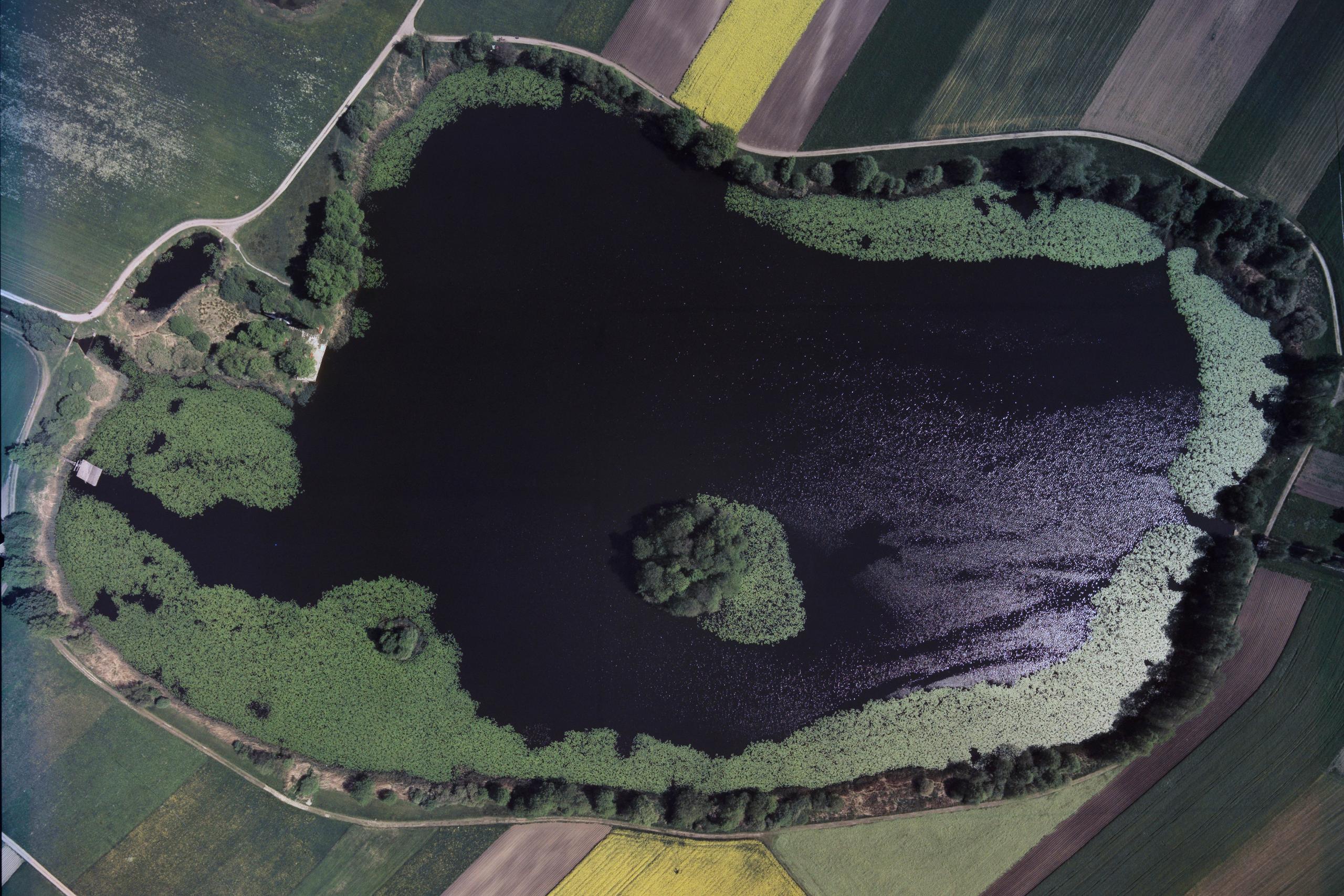
More
Those magnificent men and their spying machines
The Federal Council (executive body) rewarded him for that stunt by giving him the country’s first pilot license along with a gold watch with the dedication “The Swiss Confederation to Ernest Failloubaz. First pilot license October 1, 1910”.
It was his friend René Grandjean who introduced Failloubaz to the joys of flying. Grandjean, from nearby village of Bellerive, managed to make some money by becoming the driver and friend of an Egyptian prince. Impressed by the first aircraft crossing of the English Channel, he returned from North Africa to Switzerland to pursue his dream of building planes.
French influence
The Avenches region proved fertile soil for the pioneers of Swiss aviation. As well as Failloubaz and Grandjean, there was also Georges Cailler who, in his castle in Vallamand, decided to break with family tradition and make planes rather than chocolate. Geneva, meanwhile, was the playground of the brothers Henri and Armand Dufaux who also helped shape the fledgling aircraft industry.
It is no coincidence that the vast majority of Swiss aviation pioneers hailed from French-speaking Switzerland. “France is the cradle of the aviation world,” says Swiss pilot and aviation historian Phillippe Cornaz. “Given the shared language and border, all Swiss pilots who knew French learned to fly in France.”
French-speaking pilots were also the dominant influence a few years later when the Swiss Air Force was established (1914). “Eight out of nine of Switzerland’s first pilots were from French-speaking Switzerland,” notes Cornaz. “As for the ninth, he hailed from Basel and spoke perfect French.”
French pilots played a leading role in this era of technological innovations. Among them, Louis Blériot, who became the first pilot to cross the English Channel in 1909.
A natural pilot
Across the Alps in Switzerland, the day to remember is May 10, 2010. On this day Failloubaz managed to take off and smoothly land the flying machine built by his friend Grandjean.
Failloubaz had a natural knack for flying. No one taught him. He figured it out by watching how an airplane is built and asking for detailed explanations of how the different parts come together.
“Unlike the pioneers of that era, he did not start the engine full throttle, roll a few meters and then yank back the control stick,” notes Cornaz. “On the contrary, he pulled gently and let the plane rise naturally.”
Grandjean, however, was more heavy-handed. When trying to test his own aircraft five days later, he pulled the control stick too sharply and severely damaged his plane.

More
Pioneering female pilot now runs her own airline
Left without wings, Failloubaz headed to Paris to get his own airplane. First, he purchased a “Demoiselle” by Brazilian Santos-Duman, then the more capable “Bleriot XI,” before committing to one of the flying machines built by the Dufaux brothers in Geneva.
Armed with his own plane, Failloubaz continued to rack up achievements.
At a gathering in the town of Viry, perched in the Alpine region of southeastern France, he dared to do what no one had attempted before: He cut the engine midflight, allowed his plane to glide and then restarted the engine.
On September 28, 1910, he conducted the first flight between two Swiss towns, Avenches and Payerne, which lie roughly 12 kilometres apart. He also made a mark in the history of Swiss military aviation, conducting the first aerial reconnaissance mission with his friend Cavalry Captain Gustave Lecoultre.
Nicknamed “The Flying Boy of Avenches,” he became a real celebrity, with thousands showing up to applaud his stunts. For example, in October 1911, during Aviation Day in Avenches, he flew in front of 15,000 spectators.
While flying brought him glory, it did little for his pocket. On the contrary, it ruined him.
“He invested all his money on his passion,” notes Cornaz. “He bought planes, paid for a hangar, created the first aviation school of Switzerland in Avenches with his own money.”
What finished him financially, adds the historian, was the ill-advised decision to purchase the patent for the Dufaux planes, with the goal of building them in Avenches. This investment ate up a third of his fortune and set the stage for his bankruptcy at the end of 1913.
“He ended up ruined and abandoned by everyone,” says Cornaz. Failloubaz died at the age of 26 from tuberculosis.
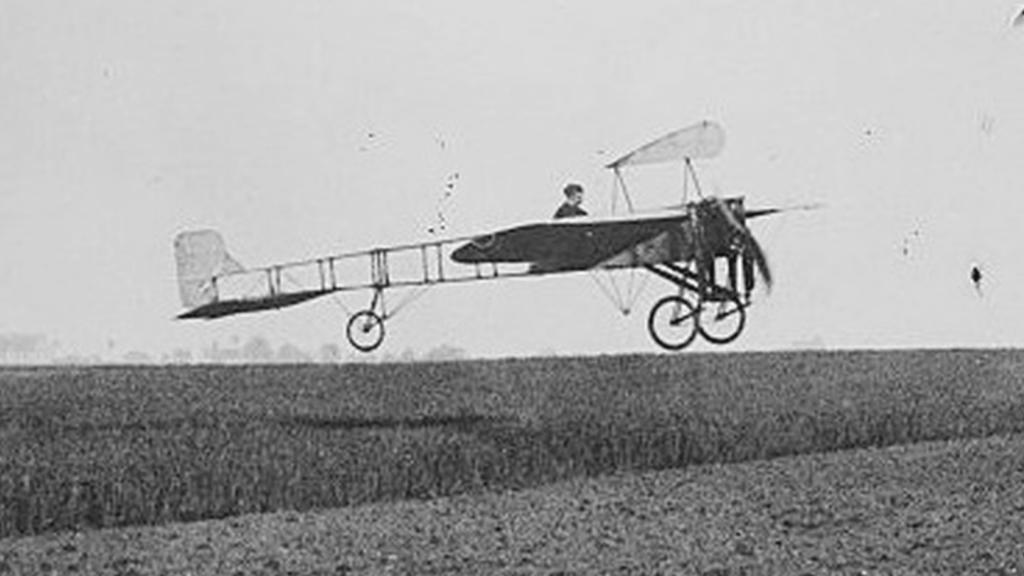
More
Celebrating 100 years of Swiss flight
Translated from French by Dominique Soguel

In compliance with the JTI standards
More: SWI swissinfo.ch certified by the Journalism Trust Initiative
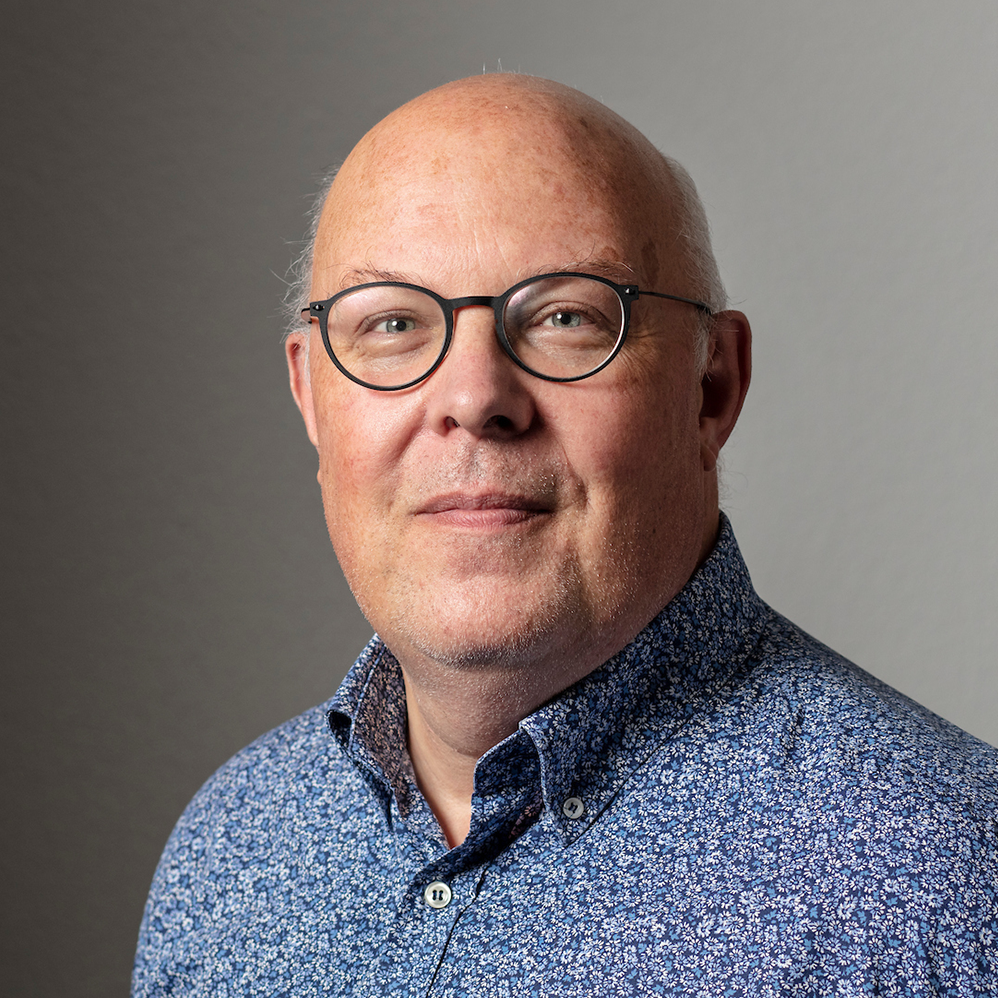








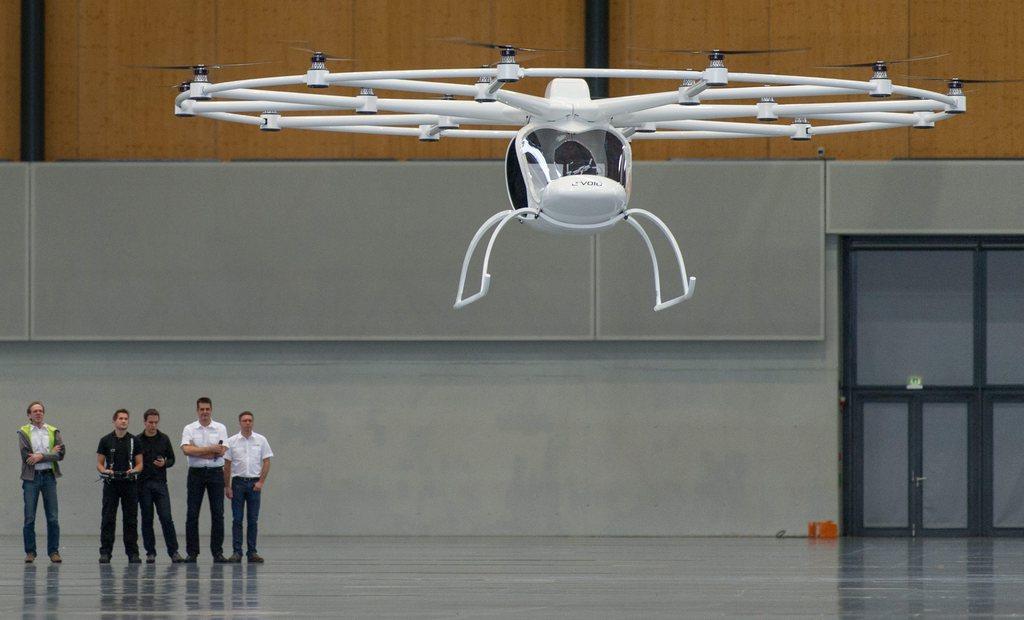
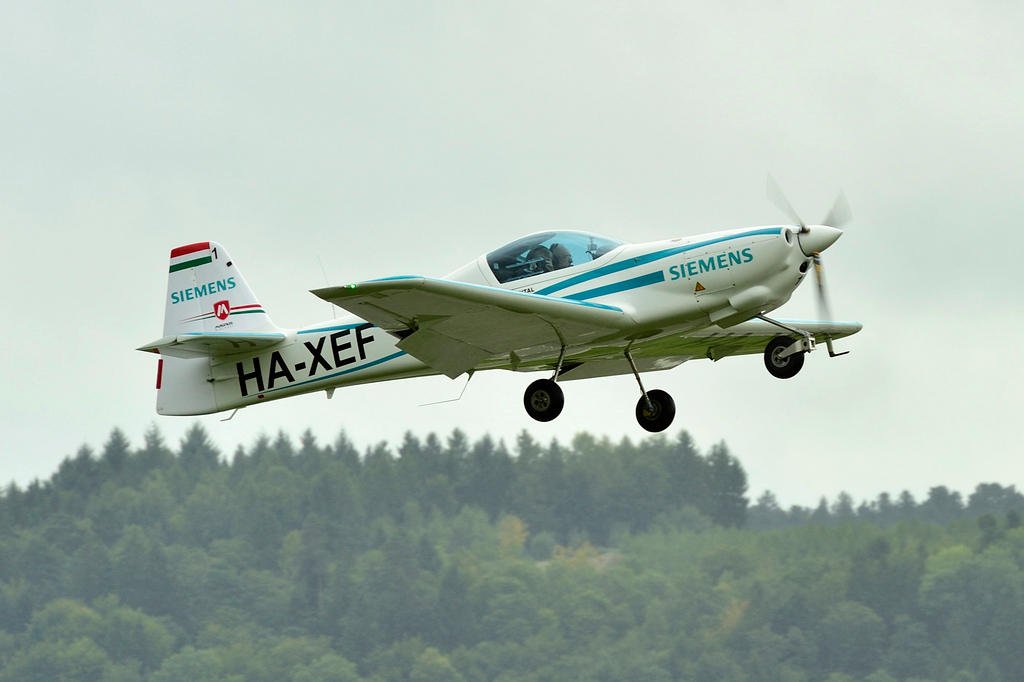
You can find an overview of ongoing debates with our journalists here . Please join us!
If you want to start a conversation about a topic raised in this article or want to report factual errors, email us at english@swissinfo.ch.